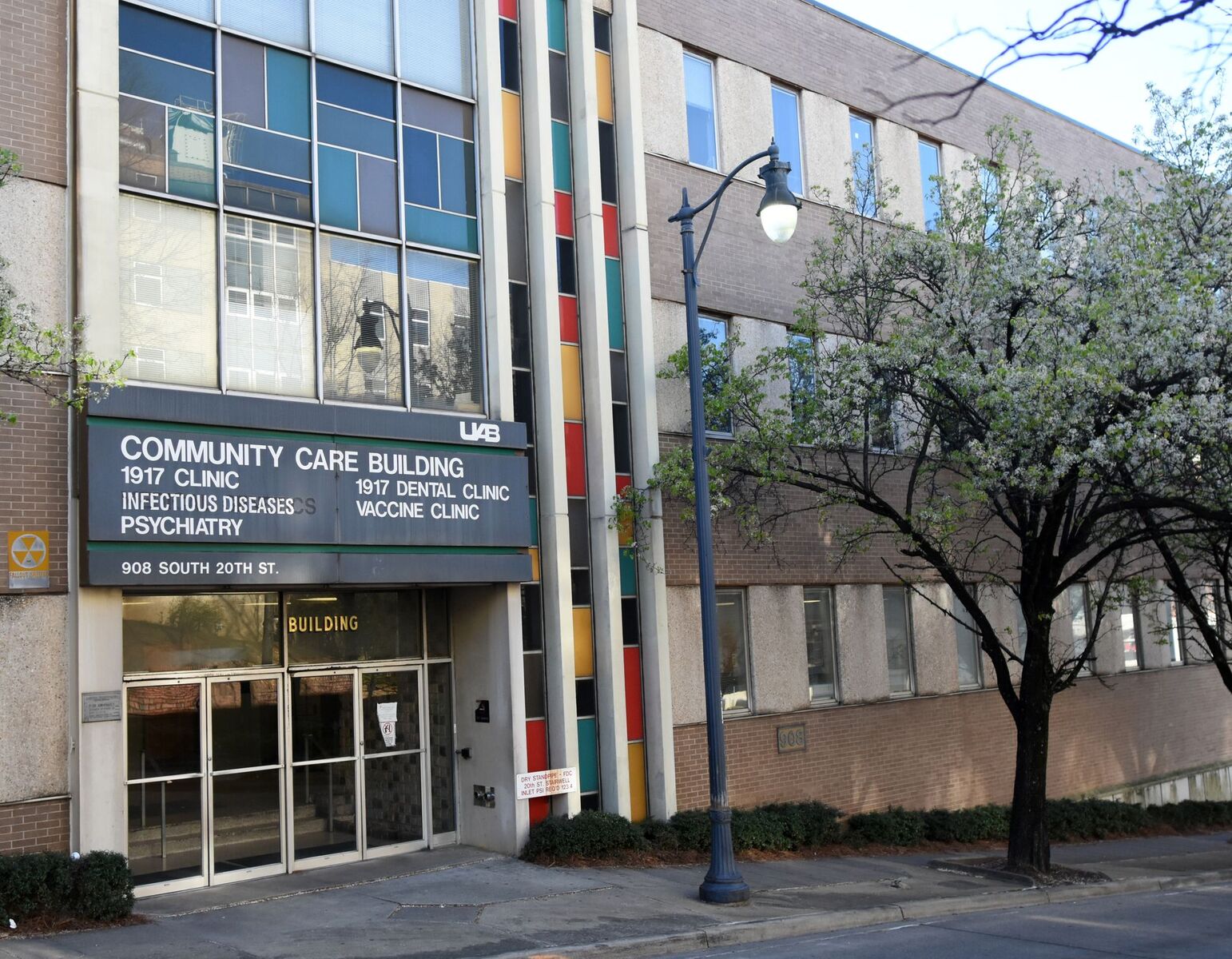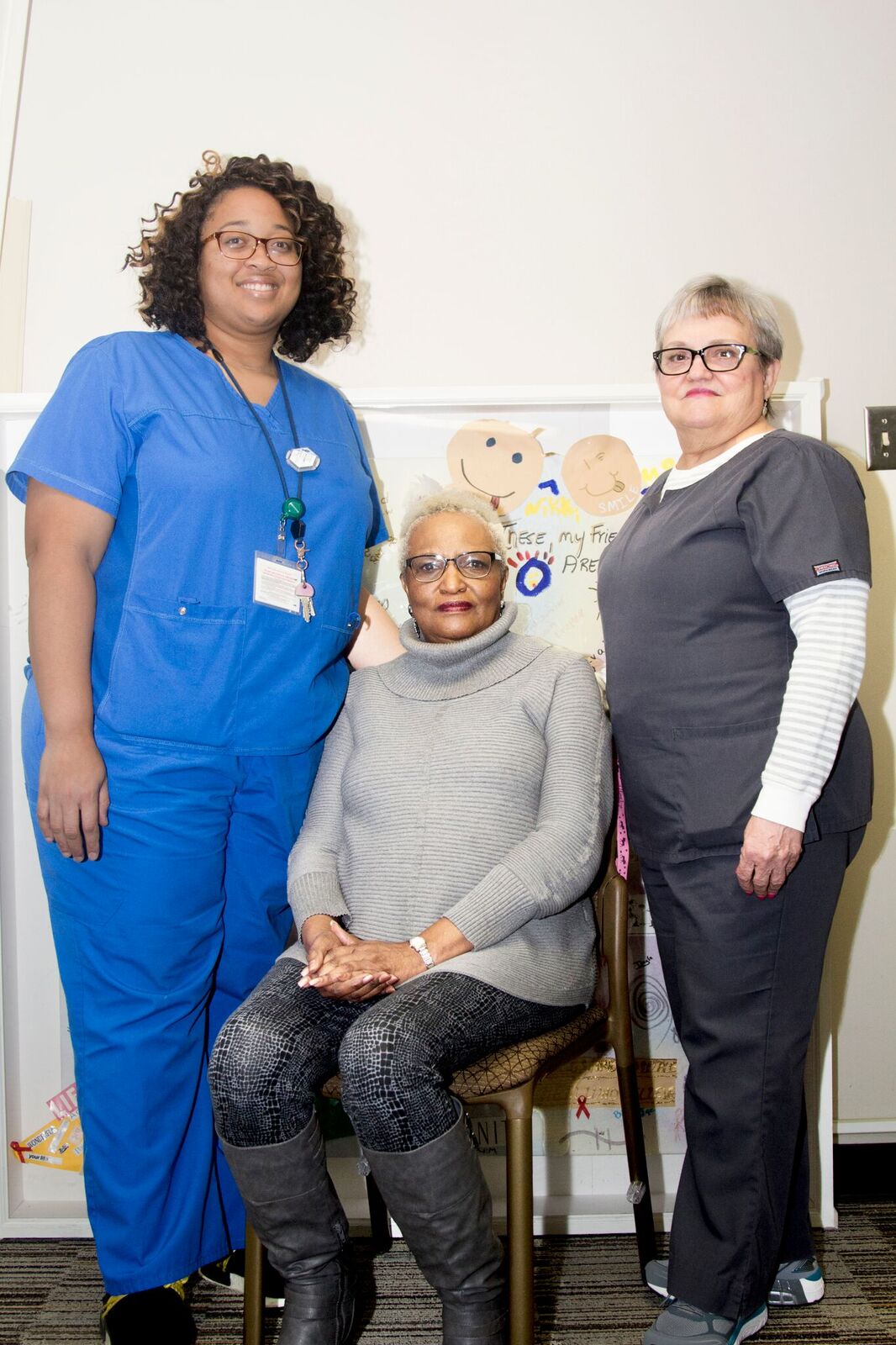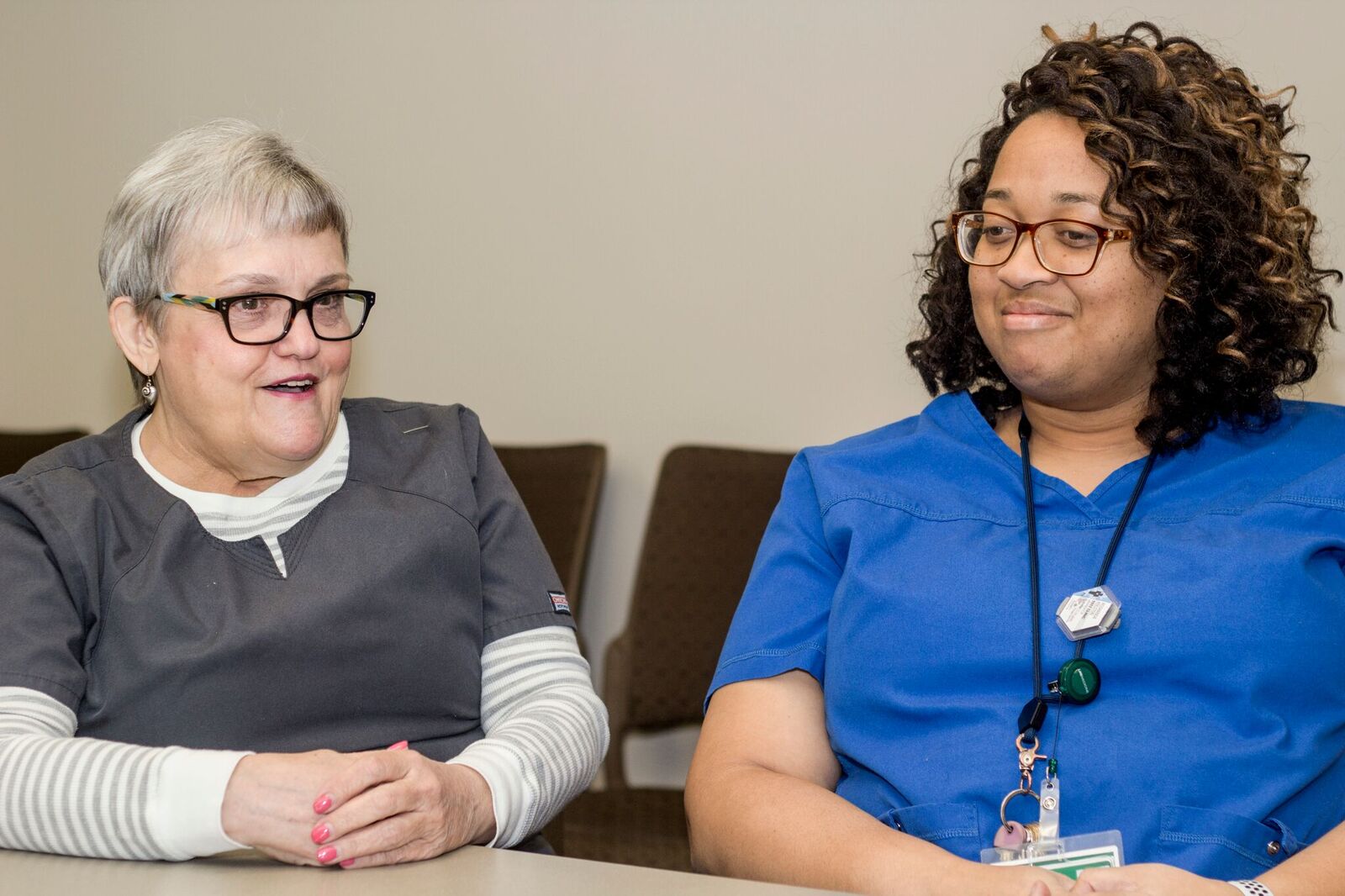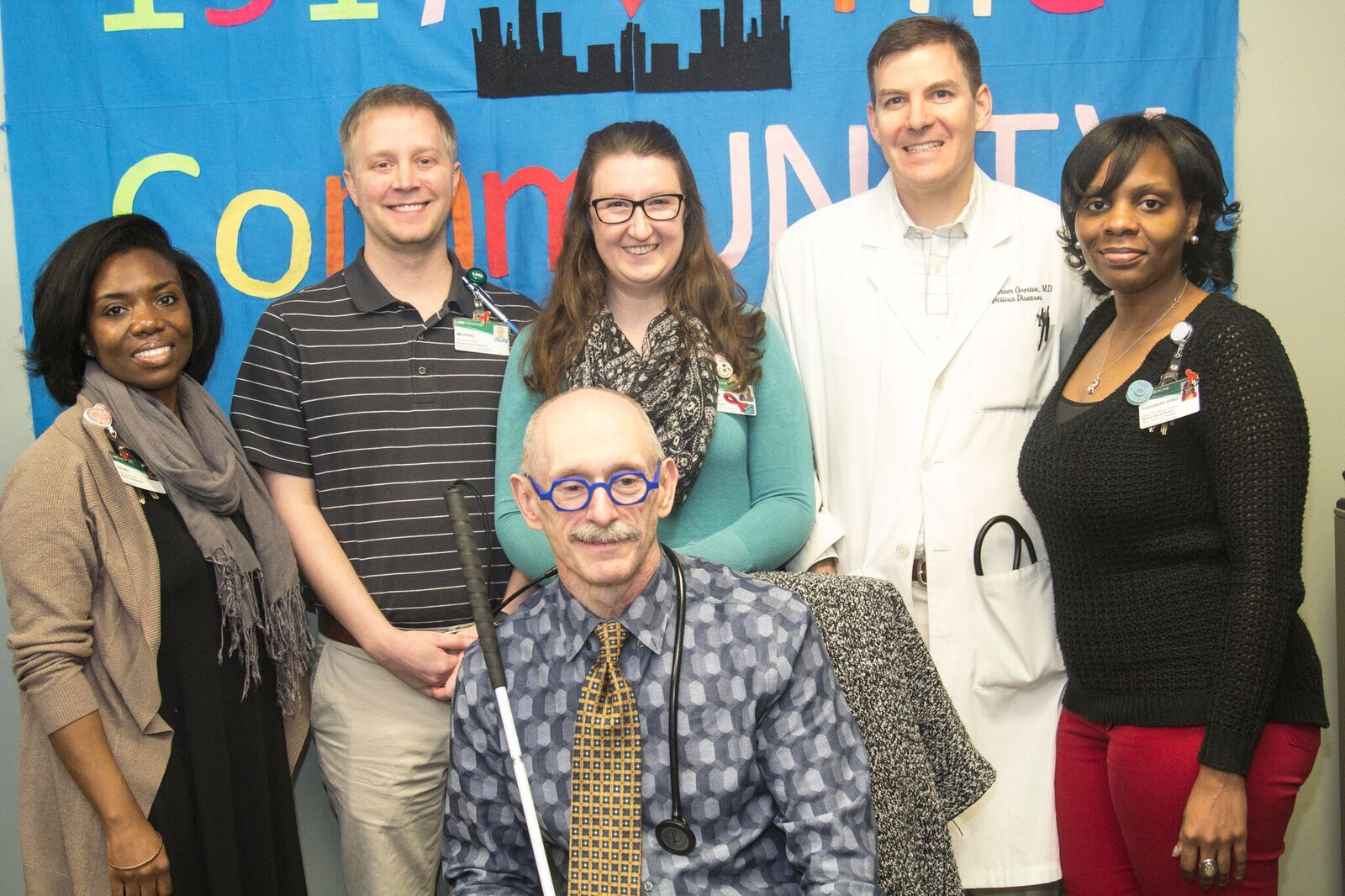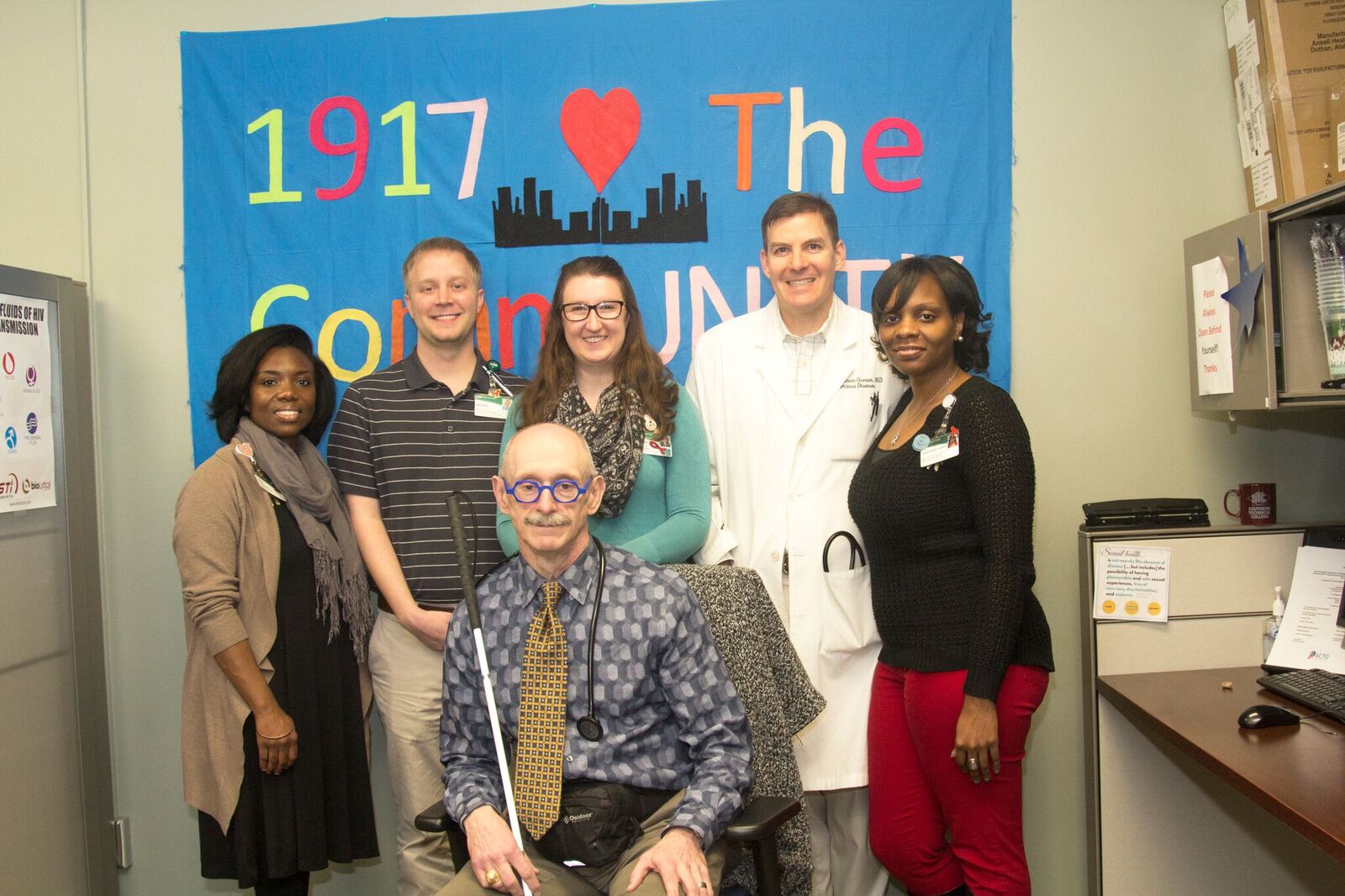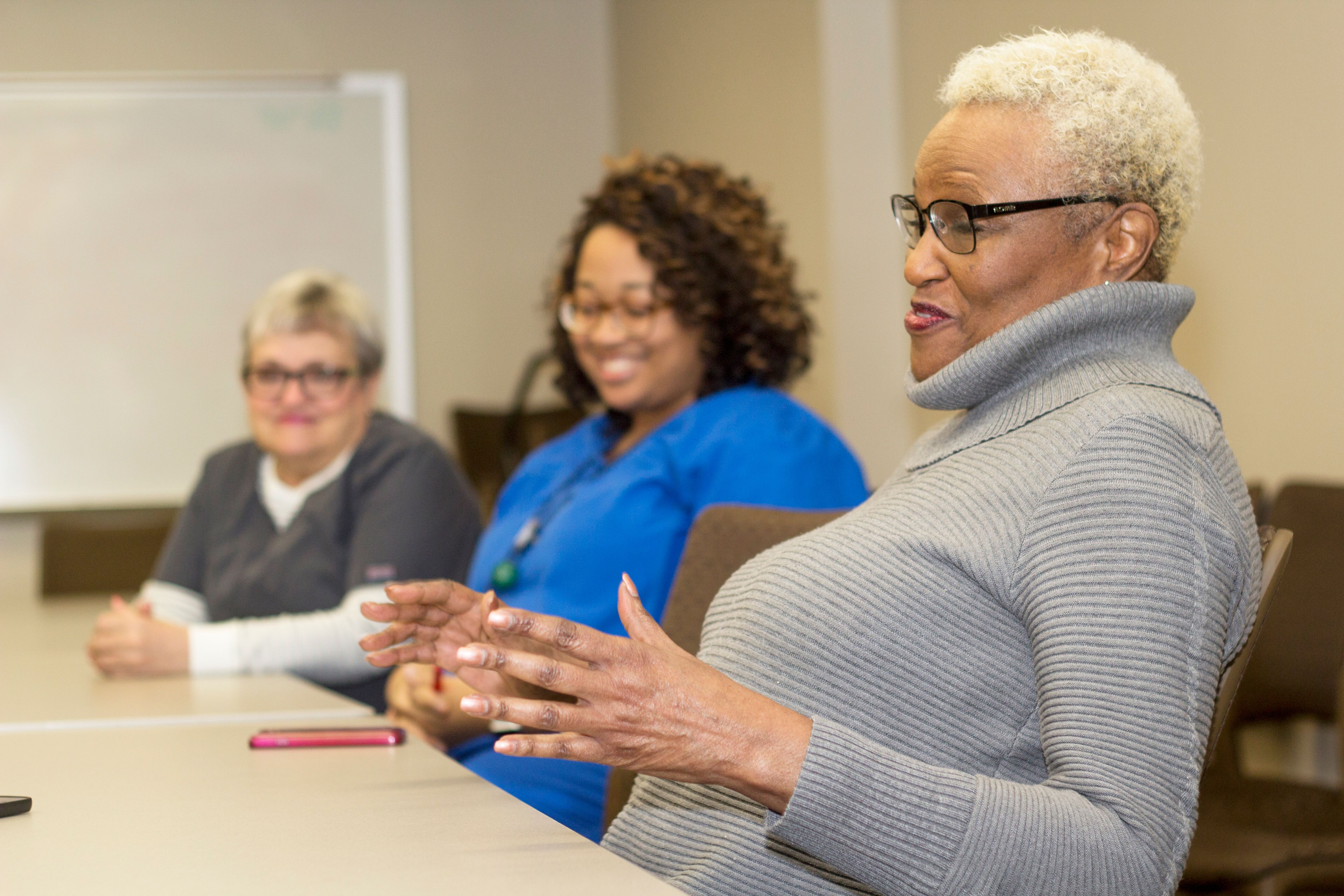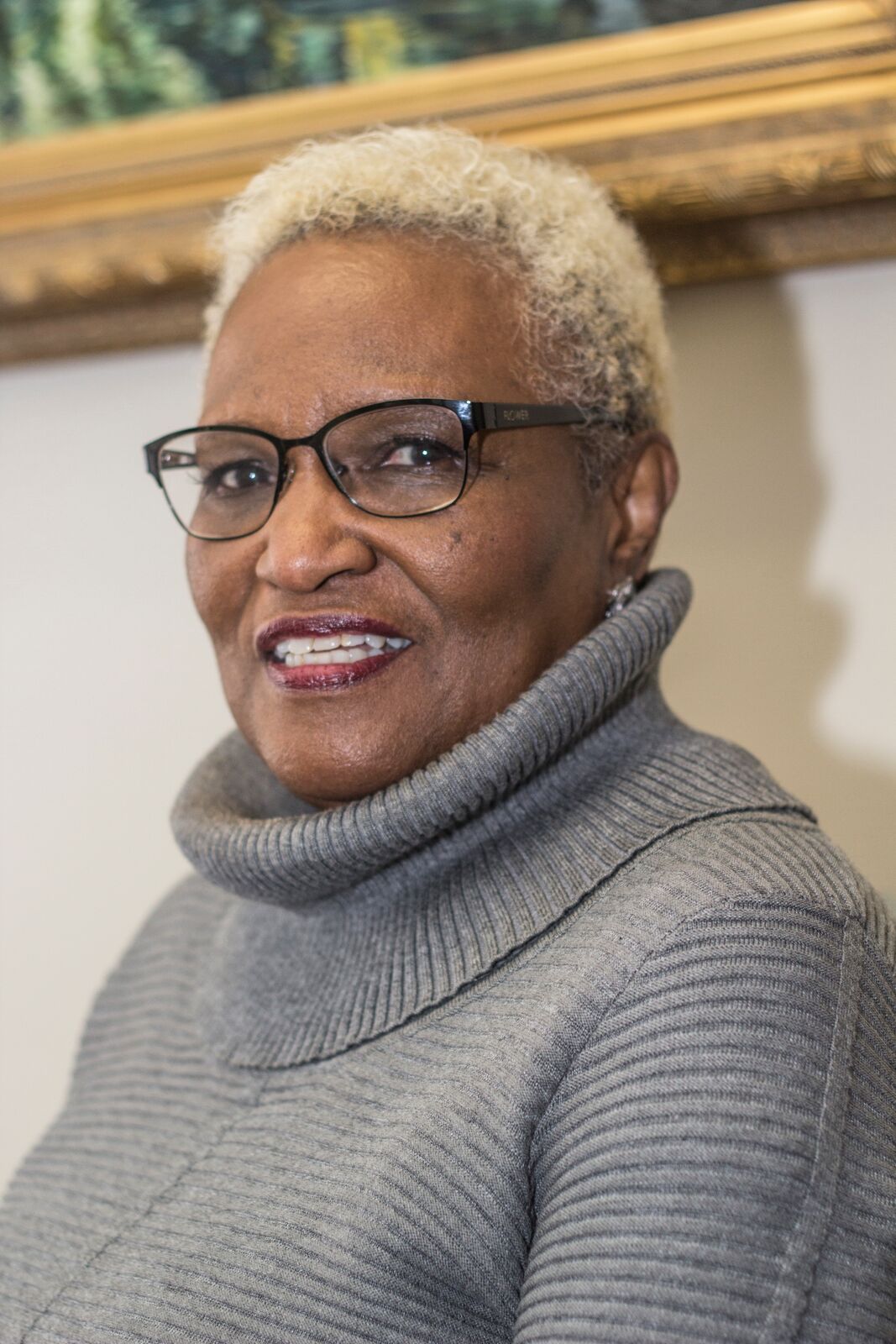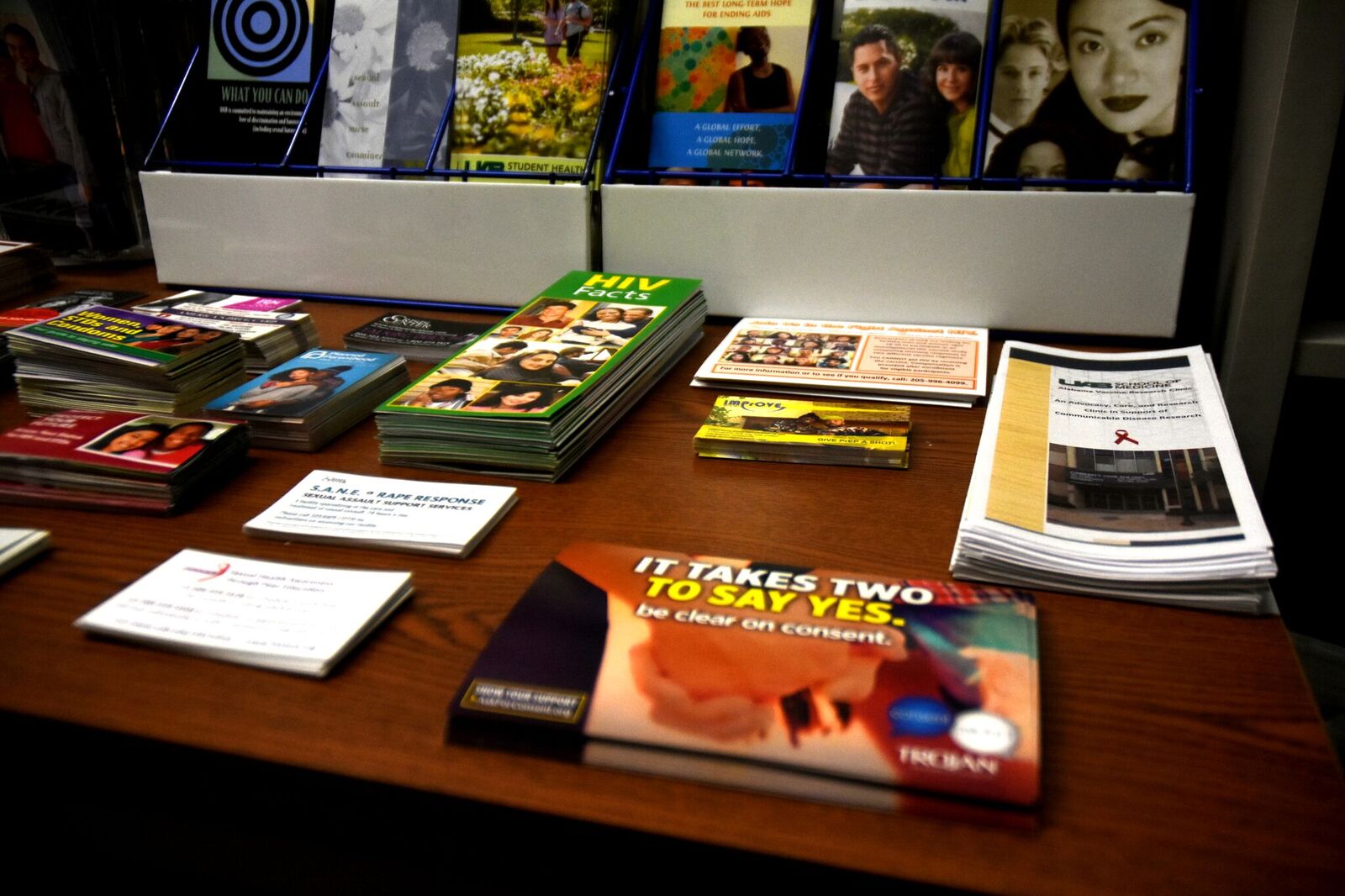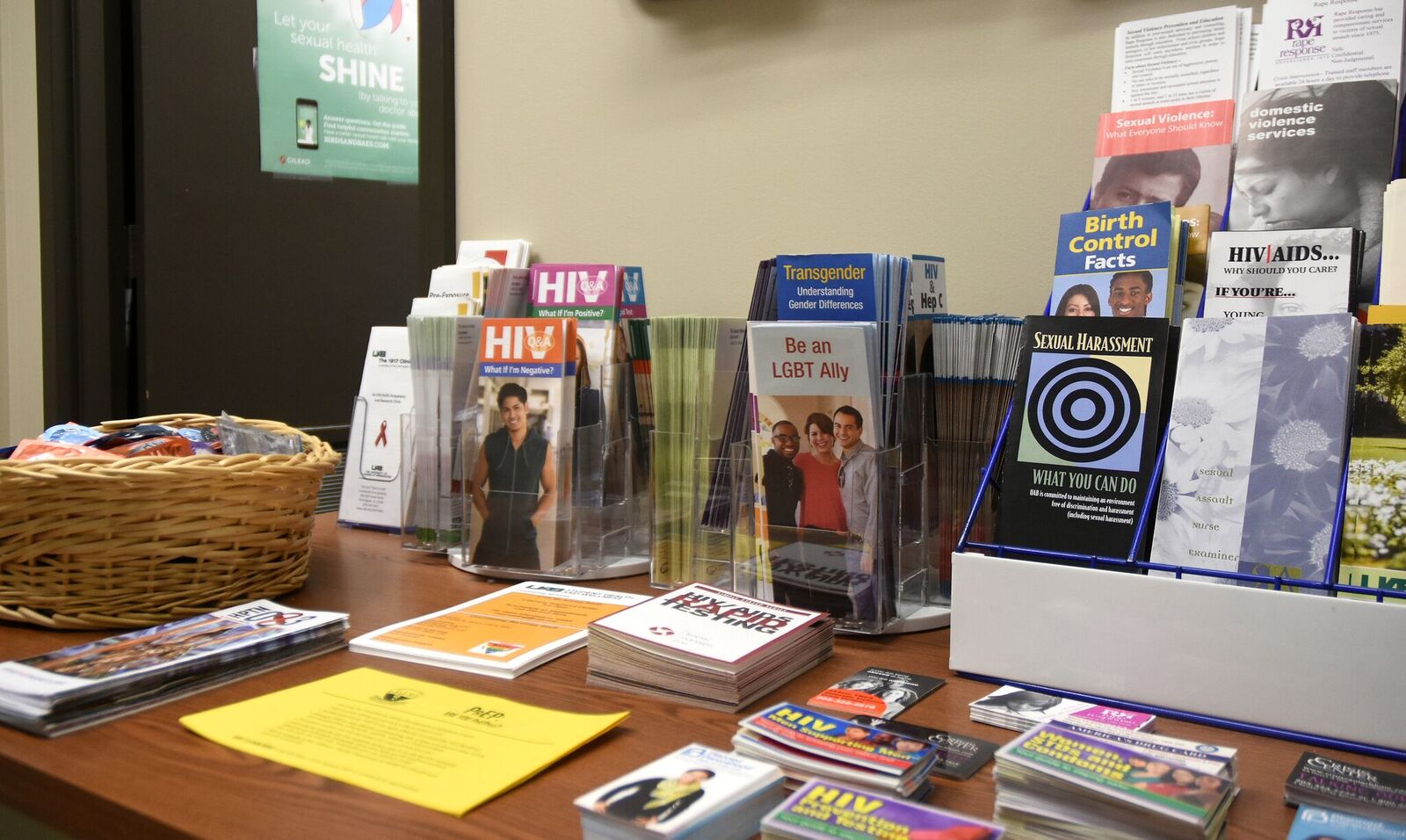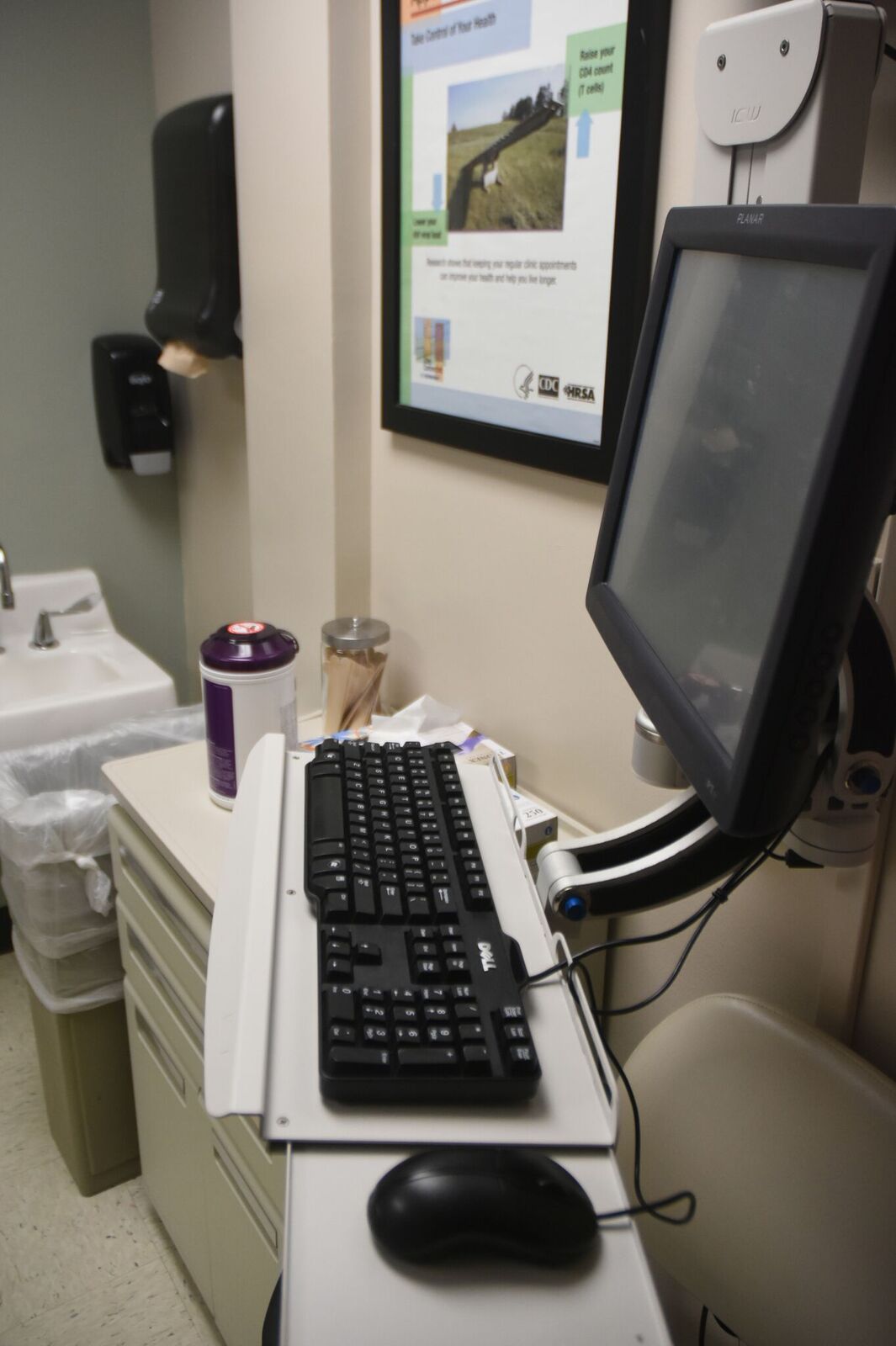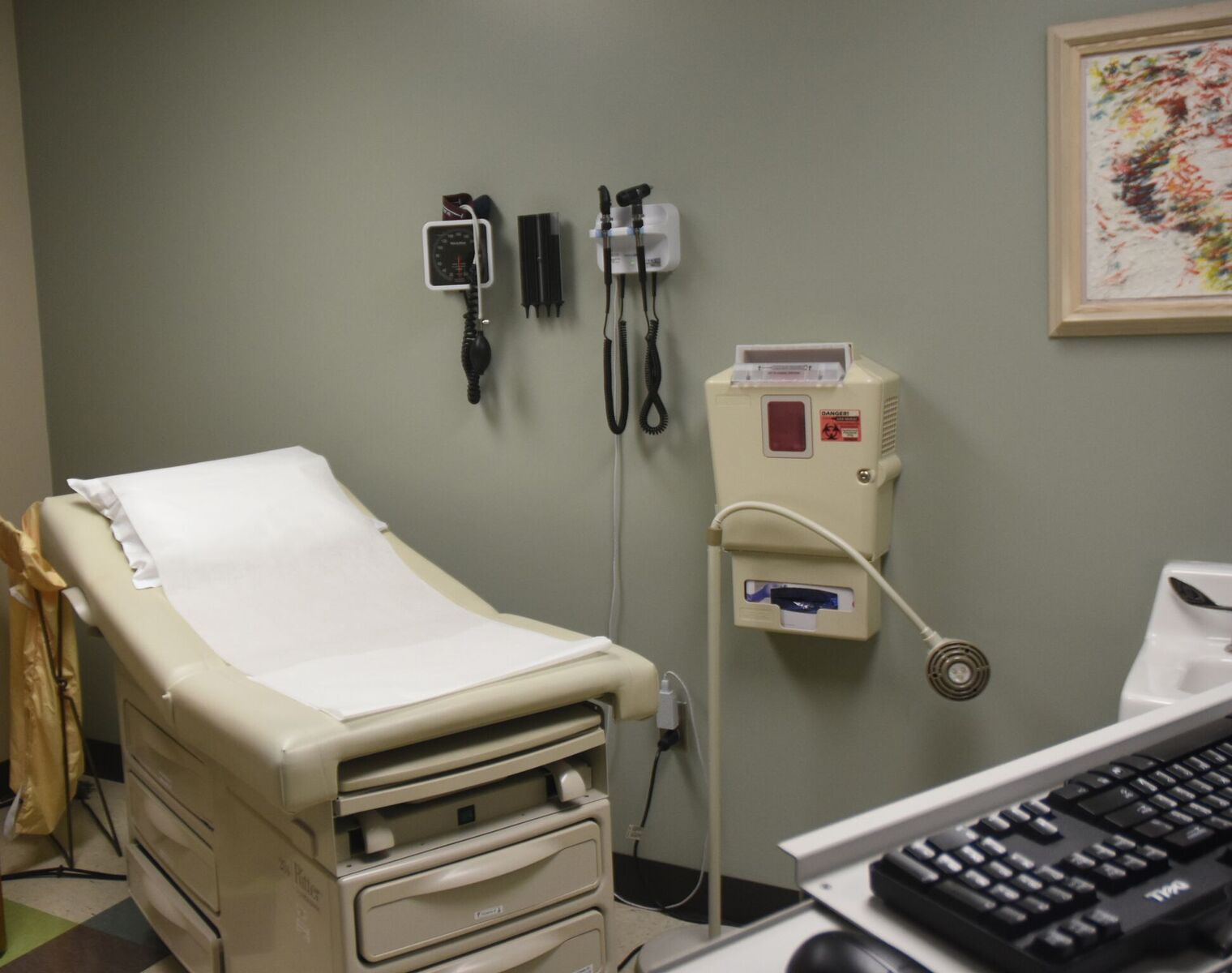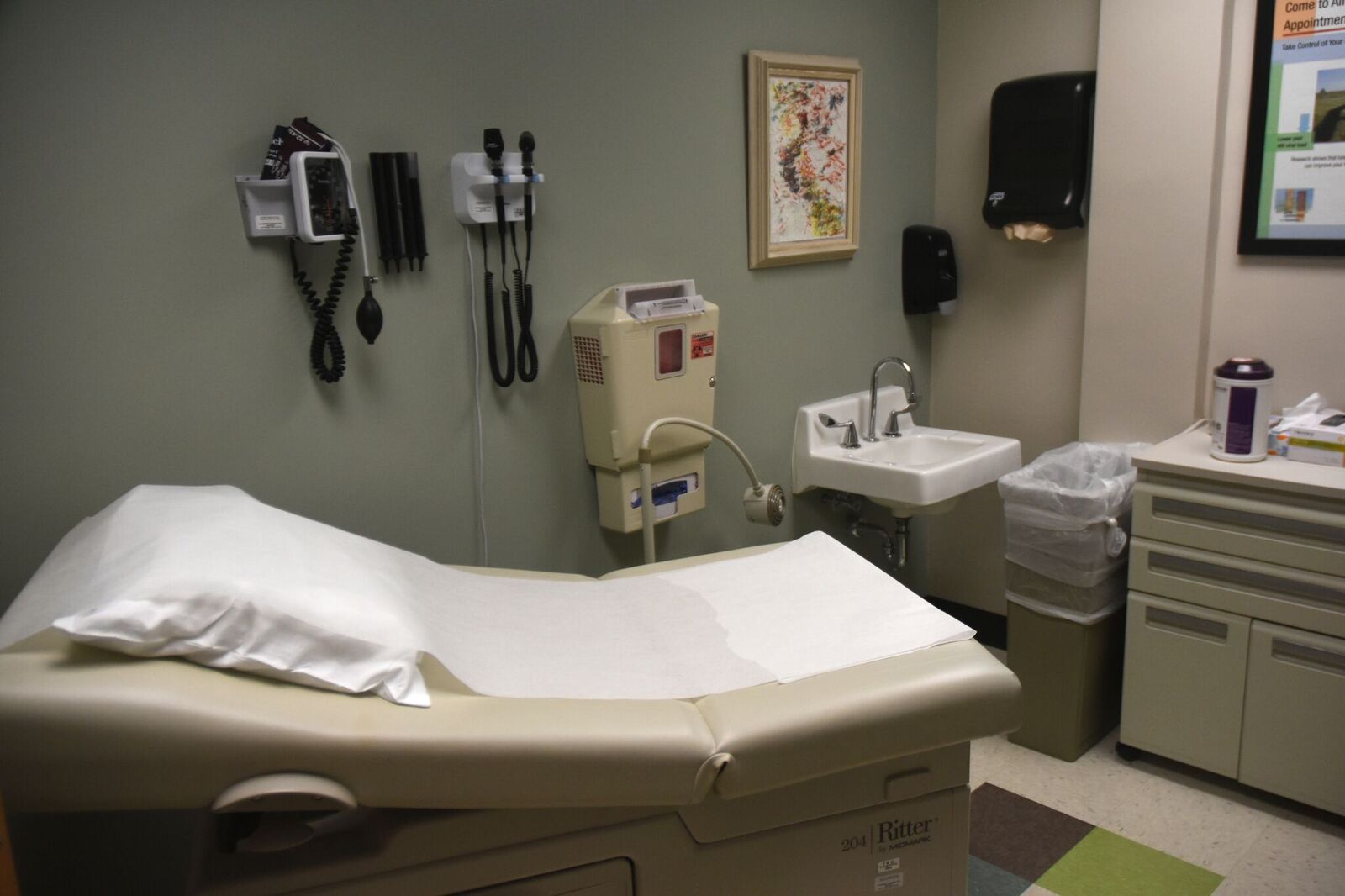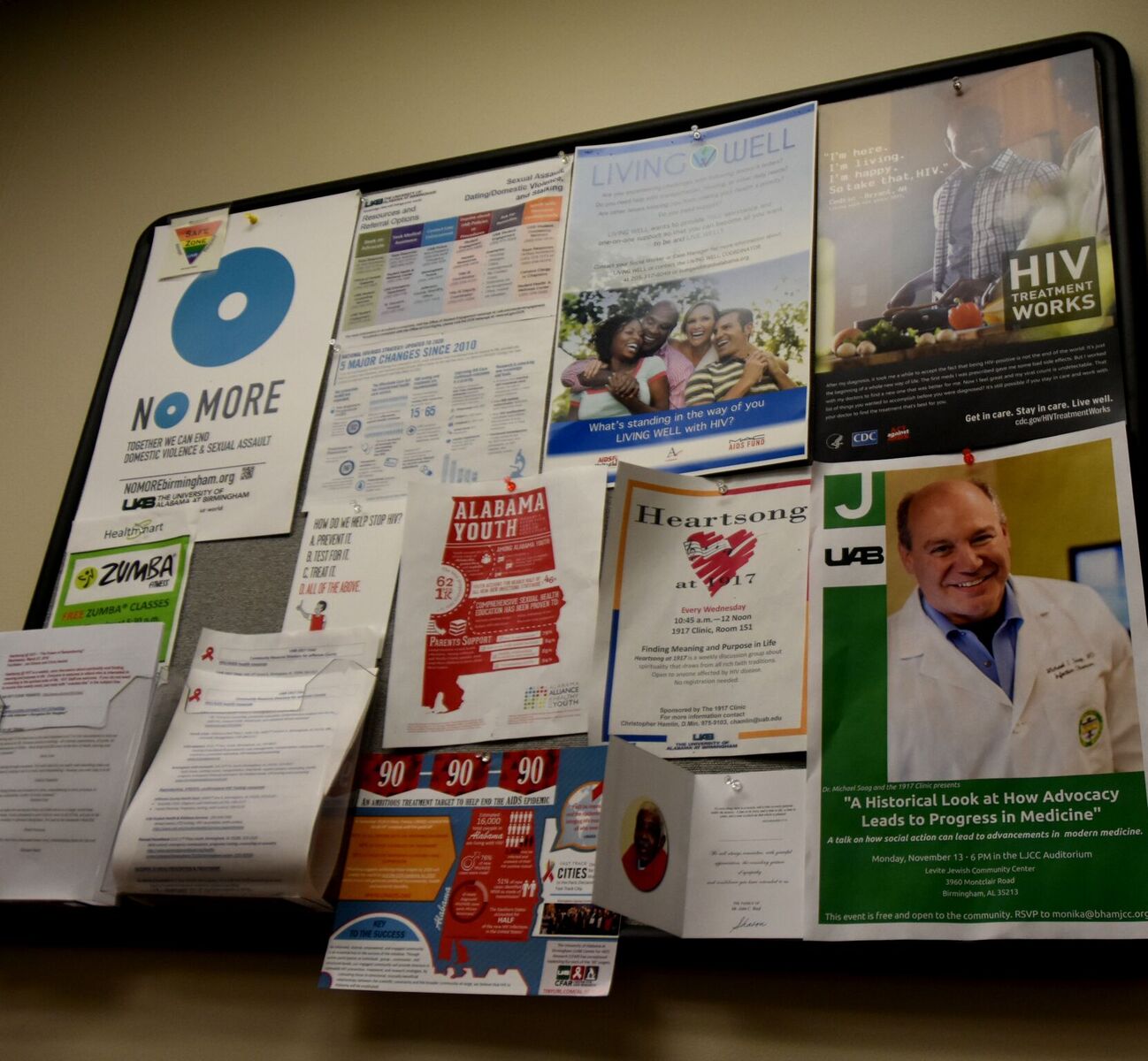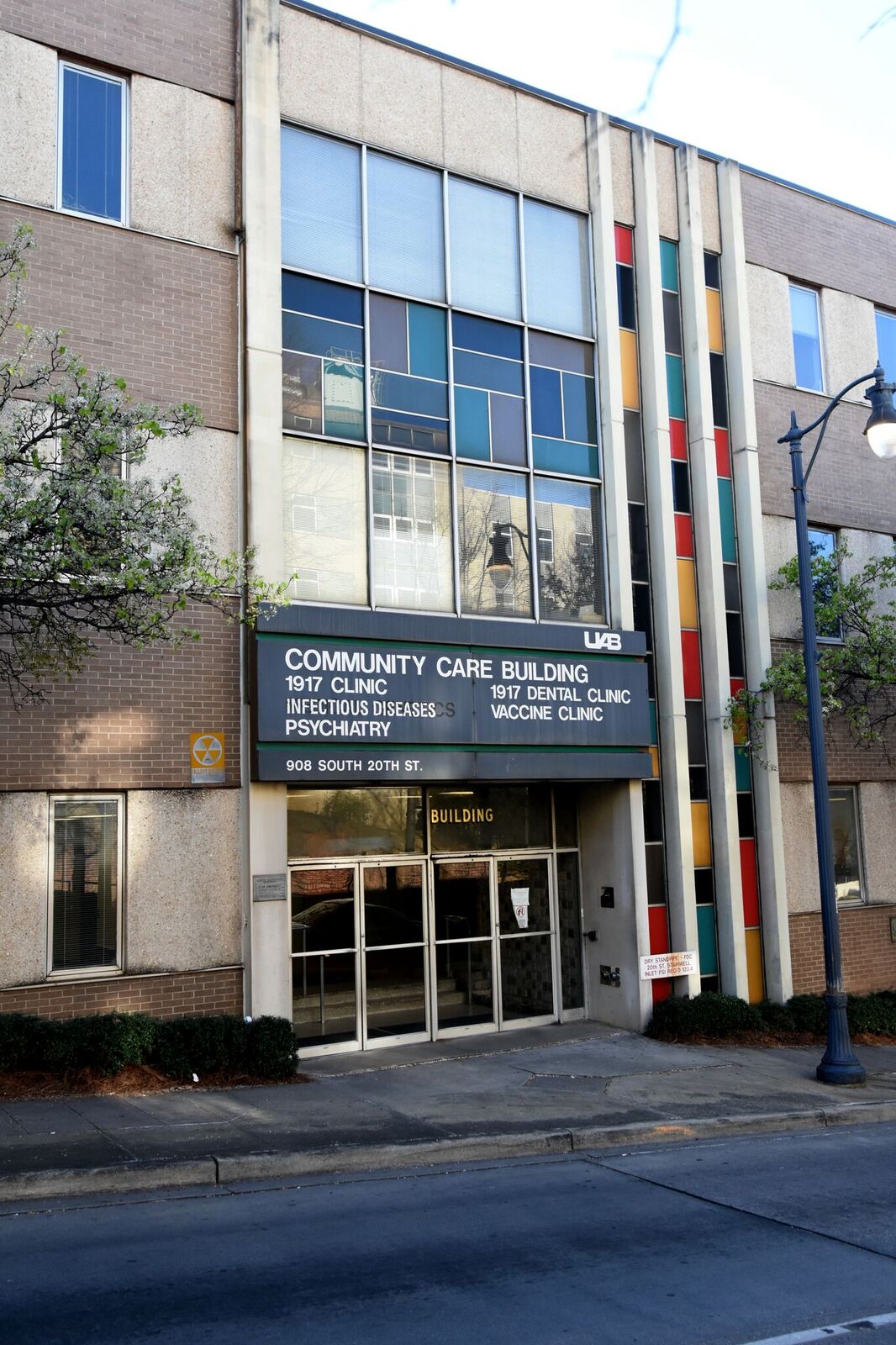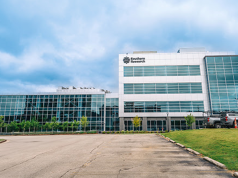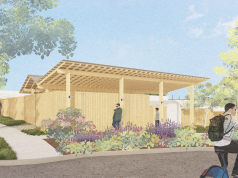By Ariel Worthy
The Birmingham Times
In Alabama, blacks make up 70 percent of all new cases of HIV, human immunodeficiency virus, which can lead to the development of AIDS, said Jim Raper, Doctor of Science in Nursing, director of the UAB 1917 Clinic.
“Why is that?” Raper asked. “Well, we know that people generally have sex with people like themselves. So, because there are so many people with HIV in the African-American community already, the chances of having sex with someone like themselves and giving and/or contracting HIV are higher.”
HIV can lead to AIDS, a disease that weakens the immune system, gradually destroying the body’s ability to fight infections.
According to the U.S. Census Bureau, African-Americans make up 26.8 percent of Alabama’s population, but have accounted for 70 percent of all newly diagnosed HIV cases in 2016 and 64.3 percent of all persons living with HIV to date.
There are a number of reasons, Raper said, the African-American community is a demographic that continues to be disproportionately affected by HIV.
“Some of our patients don’t stay engaged in care for many reasons: mental health, substance abuse, poverty,” he said. “They quit taking their medicine, the virus comes back, and they become very infectious. So, when they have unprotected sexual encounters with people who are not infected, the chance of transmission is significantly higher.
However, “when you get people into care, keep giving them their medicine, keep [the disease] under control, they don’t transmit,” he said.
Turner Overton, MD, a physician at the 1917 Clinic, said economic status also plays a significant role.
“HIV has become more of a disease of lower socioeconomic status,” he said. “If you look at a place like Birmingham or Baltimore, HIV is disproportionate in parts of those cities, in those communities with a lower socioeconomic status. Here in Birmingham, African-Americans are disproportionately in that group.”
Stigma
Stigma could contribute to transmission of the disease, as well, said Michael Saag, MD, who founded the UAB 1917 Clinic in 1998.
“The stigma, especially among black men, in the black community seems to be more intense,” he said. “That forces a lot of men to go on the [‘down low,’ meaning] they have a life in the mainstream, with their families, and they live their lives [in a way] that [people] around them might expect. But they may have what are referred to as ‘night friends.’ In their sexual activity, [they are] exploring other things. Because it’s not talked about a lot, transmission can happen.”
Addressing the Problem
High hurdles stand in the way of addressing the problem in Alabama, which is not a Medicaid expansion state, said Overton. Because of that, “There’s a limited ability to provide greater health preventive services to people of lower socioeconomic statuses. Part of what we need to do is not just target HIV but recognize that it’s a systemic problem [related to] where we are in terms of our overall education opportunity [and] health initiatives.”
Still, he said, tremendous care is offered to many HIV and AIDS patients through the Ryan White Comprehensive AIDS Resources Emergency (CARE) Act, the largest federally funded program in the United States for people living with HIV and AIDS. The legislation led to funding that improves the availability of care for low-income, uninsured, and underinsured HIV and AIDS patients and their families.
“It’s amazing. It’s how medicine should be practiced,” said Saag. “That barrier of not having a means to pay [is] taken away. Medicine is provided. Clinic visits are covered. All the ancillary help—case management, counseling, even housing—is made available through the Ryan White Care Act. [When] HIV is managed, you can go on with your life.”
Three Weeks to Live
In 2006, Ruth DeRamus was told she had three weeks to live. While getting treatment for an undisclosed illness, she received life-changing news—she tested positive for HIV. Doctors advised her to get her affairs in order, but one offered a glimmer of hope when he suggested that she transfer to UAB’s 1917 Clinic.
When DeRamus arrived, her viral load was “sky high” and she weighed 65 pounds soaking wet. Due to being unconscious a majority of the time, her memories prior to arriving at the 1917 Clinic are hazy. Accepting the diagnosis wasn’t easy. For starters, she had little to no knowledge about the virus.
“When I came in, I didn’t know anything,” DeRamus said. “I really didn’t know anything about HIV or AIDS. I’m sure I’d heard about it on television or read about it, but I still had no idea what it was even all about. I was thinking, ‘Not me. They got this diagnosis wrong. This can’t be happening to me.’ I guess a lot of it had to do with the fact that it was 2006, and it was still considered a young, gay, white man’s virus. Here I was, a 59-year-old black female. It just didn’t register.”
Eleven years later, DeRamus feels more alive than ever. She owes her newfound attitude to the clinic, so she gives back by volunteering and speaking to lawmakers on its behalf. Additionally, she works at UAB as a research specialist.
“Look where I’ve come from,” DeRamus said. “I’ve come from almost dying at the age of 59, and right now I feel like I am growing. I am doing well, I have a lot of time left, and I want to continue to live that life.”
Still, many people don’t come to the clinic because of their fear, Raper said.
“I’ve had patients call me from the parking lot and say, ‘I can’t come in. My neighbor is in there. I saw my neighbor, my church lady, come in.’ They’re too afraid. They fear that somebody’s going to find out and tell their secret, and they’re going to be ostracized,” he said. “I can’t begin to tell you how strong that fear of somebody finding out is.”
Clinic Turns 30
University of Alabama at Birmingham’s 1917 Clinic—named for its old address: 1917 5th Ave. South—turned 30 this year.
“They didn’t want to call it the HIV Clinic,” said Raper. “There had already been one bombing at the HIV clinic in Gadsden. They just called it 1917, and [the name] stuck throughout these 30 years.”
The 1917 Clinic is known globally. Despite many facing fears before arriving, the facility has grown into a place where patients are growing old while living with the disease.
“Our clinic has grown so much over the last 10 years. We’re up to 3,400 patients a year, … though about 20 percent of people drop out of care for different reasons: drugs, addition, chaos,” Raper said.
The clinic has 13 social workers who do case management along with community organizations to keep patients coming to the clinic, which Saag founded at a time when many with HIV or AIDS didn’t know where to go for treatment.
“In those days, HIV was still really brand new, and people were coming home to Birmingham from major cities … like Miami, New York, San Francisco, Houston, basically to get family care before they died,” Raper said. “They were coming to the university [hospital] emergency department because they didn’t have anywhere to go. There was no place to take care of these folks.”
Getting Right with the Lord
About 15 years ago, Raper and doctors at the 1917 Clinic recognized the importance of partnering with churches to raise awareness in the African-American community.
“We had chaplains involved in our work at 1917 from the very beginning because people were going home to die,” Raper said. “Part of that for many people was getting right with the good Lord.”
In the beginning, the perception was that “mostly gay white guys were dying” from HIV and AIDS. But, as the epidemic continued to grow, doctors noticed that the disease was having an increasing impact on the African-American community.
The Rev. Chris Hamlin has been a key player in the clinic’s outreach efforts, said Raper. Hamlin is the pastor of Tabernacle Baptist Church in Smithfield, and he has coordinated several programs within the African-American community, particularly among congregations.
Patient Feedback
Outreach has also changed over the years, said 1917 Clinic physician Overton.
“One of the things that’s very important is input from our patients,” he said. “An advisory board has been in place with a group of patients and others affected by HIV. They help provide feedback and direction to clinic leadership from a patient’s perspective.”
At one time, Overton said, “Patients would say, ‘I don’t see myself when I come here. … The staff doesn’t look like me.’ [So], one thing we did was expand the diversity of our clinic, [partly as a result of suggestions from] our outreach group.”
A Cure for HIV
The good news is that doctors have been able to develop “functional cures” for HIV, through which the disease is completely controlled, Overton said. A functional cure does not necessarily eradicate the virus from the body, but the goal is to remove HIV from the blood and remove any negative effects.
“In 30 years, we’ve gone from medicines that people couldn’t tolerate because they were so toxic to medicines that are very easy to take and [have a] strong [ability to] suppress the virus, and usually it’s just one pill a day,” he said.
There is also medicine for people who are at risk of contracting HIV: “They can take one pill once a day and decrease their chances of contracting HIV by 97 percent,” Raper said.
The challenge, however, is to find a doctor to prescribe the medication.
“For people who don’t have access to health care, who don’t have access to Medicaid or insurance, it’s an impossibility,” Raper said. “In our state, the health department will not provide that service.”
Road to Recovery
DeRamus said education is an important part of recovery. Since her diagnosis, she said relationships with her family and church members altered dramatically, all because people don’t have the proper information. That’s why, when she isn’t working downtown, she travels the country as a motivational speaker conducting seminars at churches and colleges. Living with HIV for 11 years has taught DeRamus that no one is completely immune to catching the virus.
“It’s not just a gay disease. It’s not just a white disease or a black disease,” she said. “Sometimes I think our focus is off again. … First, [people thought] it was a white virus. Now, [people] are trying to make it more of ‘it’s-a-black-only’ virus. That’s not true. If you’re human, you can get HIV and/or AIDS if you’re not doing the things to protect yourself when you’re having sex or whatever. … I tell people all the time, HIV and AIDS do not discriminate. [The diseases] don’t care who you are. If you’re at risk, it can happen to you.”
Freelance photojournalist Reginald Allen contributed to this article.


